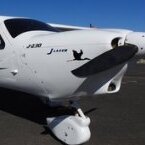-
Posts
3,464 -
Joined
-
Last visited
-
Days Won
47

RFguy replied to Blueadventures's topic in Instruments, Radios and Electronics

RFguy replied to red750's topic in Aircraft Incidents and Accidents

RFguy replied to Kyle Communications's topic in AUS/NZ General Discussion

RFguy replied to red750's topic in Aircraft Incidents and Accidents

RFguy replied to rodgerc's topic in Aircraft General Discussion

RFguy replied to rodgerc's topic in Aircraft General Discussion

RFguy replied to rodgerc's topic in Aircraft General Discussion

RFguy replied to rodgerc's topic in Aircraft General Discussion

